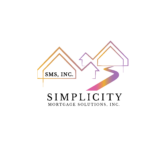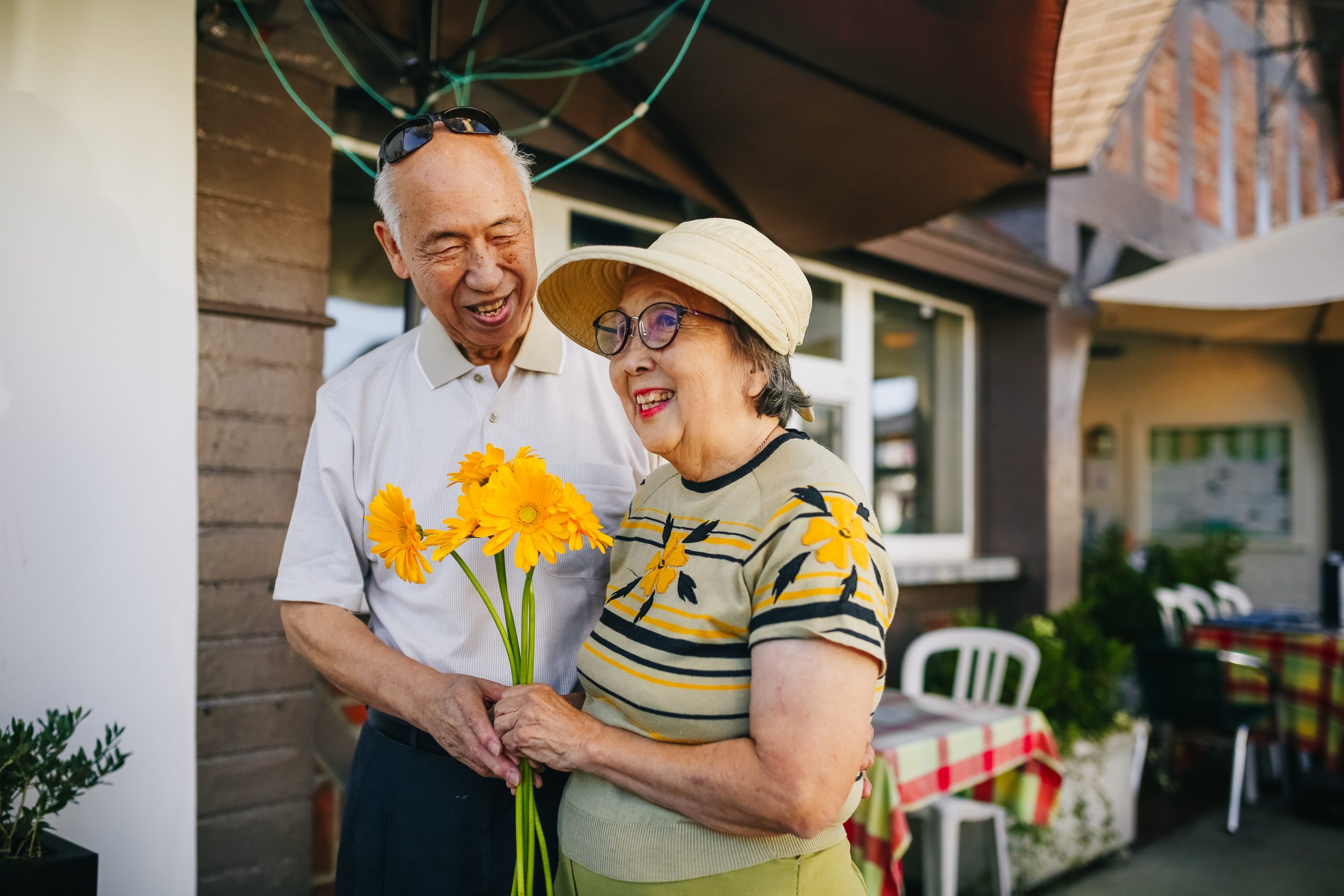Reverse Mortgages
What is a Reverse Morgage?
A reverse mortgage or a home equity conversion mortgage (also known as HECM) is a loan product available to homeowners 62 years or older that allows them to convert part of their home’s equity into cash payments to themselves.
The original purpose of a reverse mortgage was to help retirees with limited income uses the accumulate wealth in their homes to cover basic monthly living expenses and pay for health care. There is no restriction on how homeowners use the proceeds of a reverse mortgage transaction. Reverse mortgages are more commonly being used as part of the homeowner’s comprehensive retirement plan to ensure financial security
In a traditional mortgage, the homeowner makes monthly payments to a lender to pay off their loan balance. With a reverse mortgage, the opposite is done; the lender makes payments to the homeowner. The homeowner is not required to pay back the loan until the home is sold or vacated, therefore, as long as the homeowner lives in the home, monthly payments to the loan balance are not required. The homeowner must still, however, remain current on property taxes, homeowners insurance, and any homeowners association dues (HOA).
How Do I Qualify for a Reverse Mortgage?
Applicant must be at least 62 years old (the older you are, the more funds you can receive from a HECM reverse mortgage)
Must be your primary residence and must live in the residence for the life of the reverse mortgage
Must own the home with no mortgage or have at least 50% equity in your home.
If you owe some money on your existing mortgage, you may still be eligible for a reverse mortgage.
However, funds from the reverse mortgage would first pay off your home balance to satisfy any existing liens before other distribution of funds.
Required to meet with a Department of Housing and Urban Development (HUD)-approved Reverse Mortgage Counselor prior to applying for this program to discuss how the program works and any associated costs.



